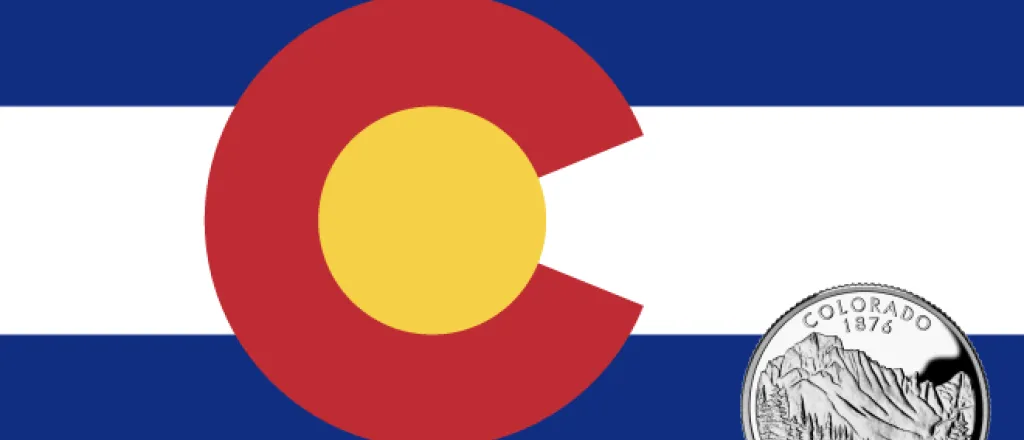
Steps to Prepare Your Business for Disaster
Colorado has faced its share of disasters. In the last few years we have seen fires, floods and major weather storms. How many businesses were lost to those who were unprepared and did not protect their livelihood, their investment, or their business? According to the Federal Emergency Management Agency(FEMA), “Roughly 40-60 percent of small busiensses never reopen their doors following a disaster.”
Based on this statistic it is clear that a Business Continuity Plan should be an essential part of running your business. You cannot predict when a disaster will occur or how bad it will be, but having a plan ahead of time will help ensure that you remain open for business regardless of what comes your way.
Your Business Continuity Plan Should be Uniquely Yours
Your business continuity plan should specifically outline how your company will respond and recover to any potential emergency or incident. To ensure that your plan is comprehensive you should keep the following points in mind:
- Complete a Historical and Geographic Based Review of your Area
- What natural and manmade emergencies have occurred in your area in the past?
- You can use the READYColorado My Hazardsmap to identify potential environmental hazards in your area.
- Contact your Insurance Company
- Find out what kinds of events and damages they will cover and if they recommend you take any precautionary steps to mitigate existing risks.
- Keep in mind that many insurance policies may not cover damage caused by floods or earthquakes. You will need to secure additional coverage.
- Consider your Assets
- What physical property does your company own and is it protected? Do you have a backup plan if any essential items are damaged or destroyed?
- You can use the Know Your Stuff Appfrom the Insurance Information Instituteto create a complete inventory of your property. iOS Know My Stuff App| Android Know My Stuff App
- Consider your People
- Do your employees know where to go or what to do during a disaster?
- Are your employees trained in CPR and first aid? Do they know how to use a fire extinguisher? Do your employees have any assigned roles to fill during a disaster?
- If employees are unable to make it in to work would they be able to operate remotely?
- Consider your Partners
- Do you know who your emergency response agencies are? How long would it take for them to arrive during an emergency?
- Do you know your neighboring companies and agencies? Are they prepared? Can you work together to respond and recover from an emergency?
- Are their non-profit organizations you can provide additional services to your company before and after an incident?
Your Completed Business Continuity Plan Should Also Be in Writing
You want your plan to be in writing and reviewed and approved by all essential personnel. Take the time to identify risks and how your business will respond to each hazard. You will also want to document essential business functions and how or who will carry out those functions. Here are a few other things to consider:
- List steps that will be taken to ensure key documents and property are protected.
- Require physical duplication of records offsite or electronic back up of essential documents.
- Under federal law a company can be held liable if it does not take proactive steps to protect business records.
- Outline any agreements that your company has with other businesses, agencies and non-profits.
- Lay out how the company will function (virtually or at an alternate location) if physical access to the regular office or other facilities is cut off.
- Include a crisis communication plan that specifically outlines how your company will remain in contact with employees if normal communication tools are limited.
- Compile a list of important phone numbers (including cell phone numbers) and addresses for local and state emergency management agencies, major clients, contractors, suppliers, realtors, financial institutions, insurance agents and claims representatives. The list should also include employees.
Exercise and Practice the Plan
Share the plan with everyone so that each person knows where to go and how to respond during an incident. Also, make sure to meet with your employees regularly to review the plan and answer any questions. Additionally, you should complete training on key elements of the plan and carry out physical drills and exercises.
- After each training, drill or real life activity complete an additional review of the plan.
- Make sure that any lessons learned are documented and written into the plan going forward.
Put your plan together today. Do not wait until the next emergency or disaster because it will be too late.















